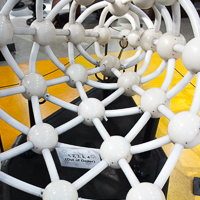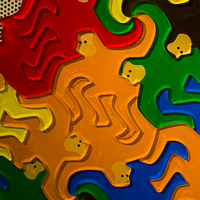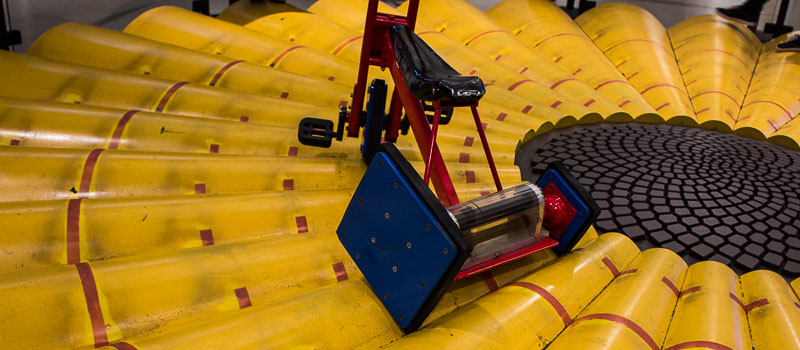
About the Museum
The Museum of Mathematics opened its doors in 2013 and visitors, curious to see how such an abstract topic could be curated, flocked to the Midtown gallery space. Inside they found an eclectic collection of exhibits, activities, and programs designed to inspire an interest in the application of otherwise complex mathematical principles in real life. The museum proved particularly appropriate for younger visitors as the indestructible exhibits provide hours of creative play. The museum plays host to lectures and programs on mathematical topics, always modified for a general audience.

What You Will See
The MoMath surprises in that you can spend a few hours and not see a single equation or profile of an influential mathematician. Instead, your time will be spent interacting with a handful of carefully designed exhibits that are first and foremost fun. For those wishing to delve beyond the entertainment into the mathematical principles they demonstrate, touch-screen kiosks and helpful guilds help you delve as much as you can handle. The museum could reasonably be called the Children's Museum of Mathematics for as kid-friendly as it is.

Why You Should Go
The MoMath is the only museum in North America dedicated to the exploration and celebration of mathematics. The subject does not traditionally inspire the passion that art, history and natural sciences do, but that is precisely the goal of the museum: demonstrate that mathematics is more than quadratic equations, trigonometric ratios, and integrals, and can be appreciated without an advanced degree. Whether or not the museum achieves that goal--and whether you leave more interested in tesselation theory, hyperboloids, or combinatorics--is up to you. If you don't, at least you will have a taken a ride on a tricycle with square wheels.








